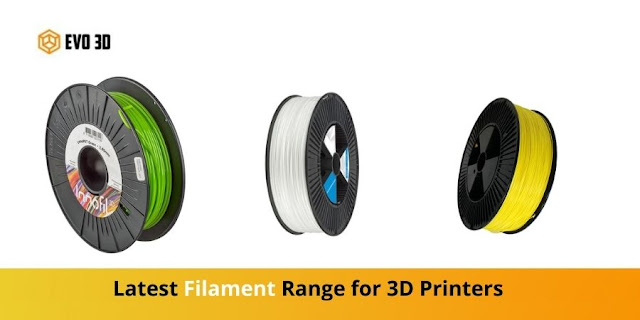Exploring the Technologies of Large 3D Printer: A In-Depth Guide
A few years back, the uses and accessibility of 3D printing were restricted. It is one of the sectors with the quickest rate of growth and finds use in all major sectors, including manufacturing, healthcare, and education.
A few industries used the large 3D printer, which was thought to be less effective and costlier. But with the developments, things are changing. Better, more resilient things can now be easily and affordably built thanks to 3D printers.
Selecting the appropriate one is essential to prevent squandering money and purchasing the incorrect specifications. So, this is your buying guide for the ideal 3D printer in the UK.
What is 3D Printing on a Large Scale?
Even with the advent of 3D printing, technology is developing. Three-dimensional (3D) printing is an additive manufacturing technique that uses a digital product or CAD (computer-aided design) to create a physical object.
A digital design of the project is necessary before one can create a 3D physical object, as the printer will need to reproduce the exact shape and size of the design. A product is made by layering raw materials on top of one another. As a result, by adding numerous such layers, we obtain the outcome. The material can be plastic, metal, or pellets, depending on the kind of product and printer.
Therefore, with large-scale 3D printers, we can build larger objects that are complex, large, and have intricate parts. To build large and complex objects, large 3D printers are used which is not possible with the usual printers.
Types of Large3D Printers
Here are the different types of printers that will help you better understand them and choose the best for you:
FDM (Fused Deposition Modeling):
Fused Filament Fabrication, or FDM for short, uses thermoplastic material to create objects layer by layer by melting and extruding them through a nozzle. The printers are compatible with a variety of thermoplastic materials, such as PLA and ABS. These prints, however, provide less accuracy and resolution of the printed object. Therefore, basic models and inexpensive prototyping are ideal uses for industrial FDM printers.
SLA (Stereolithography):
SLA printers use a laser to solidify liquid resin into plastic, a process known as photopolymerization. It is among the most adaptable printer kinds and offers the most accurate and smooth surface finish in the product. SLA printers are ideal for extremely detailed prototyping, such as when making medical instruments, mols, etc. The printers are pricey and need post-processing after printing because of the high finishing.
SLS (Selective Laser Sintering):
Printers that use selective laser sintering are a wise investment if you want to create intricate mechanical objects. A powerful laser is used in the process to fuse tiny powdered polymer particles. Conversely, the unfused powders offer support and do away with the requirement for extra support structures.
Nylon is a lightweight, flexible material that is frequently used in SLS printing. It is a popular option, particularly for engineers, because of its lower support requirements, strong and accurate object printing, and low cost per part. But compared to other materials, the selection is narrower and the cost is higher.
In Conclusion
You now have a solid grasp of the various kinds of large 3D printers. Every printer has benefits and drawbacks. As such, you must first write down your needs and compare them with those of the printers.
For instance, SLA is the best option if you want your printed material to have a smooth finish because FDM and SLS produce results with a rough finish. As a result, you must assess your needs and select the best option based on your build volume, material, and cost requirements.
Evo 3D is one location where you can get a variety of large 3d printers in the UK along with the printing supplies you need. They offer a wide selection of printing supplies, scanners, and printers.




Comments
Post a Comment